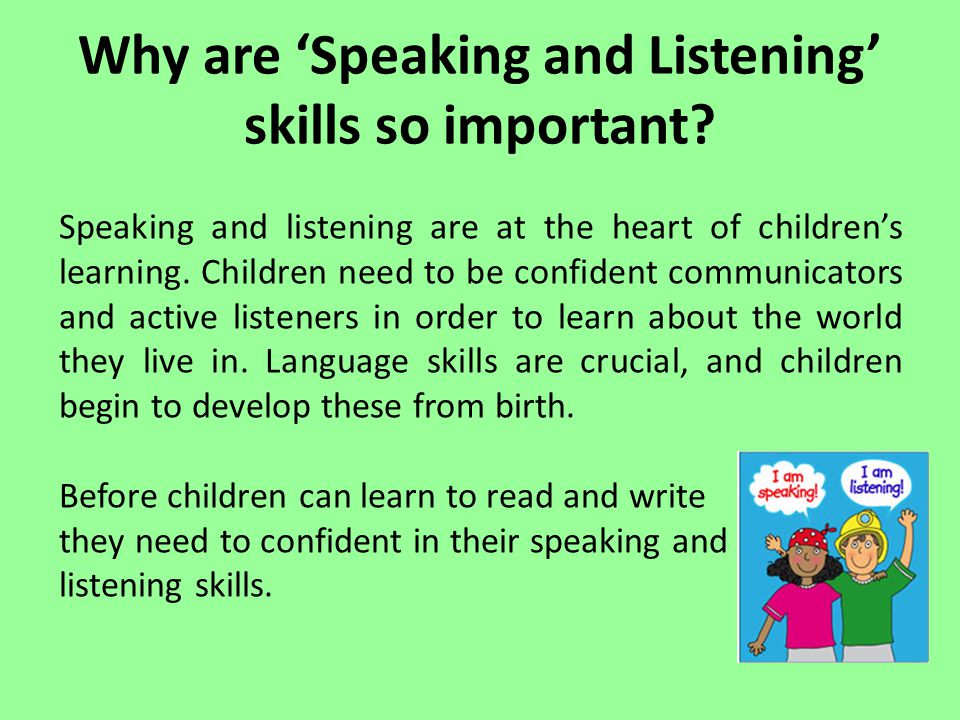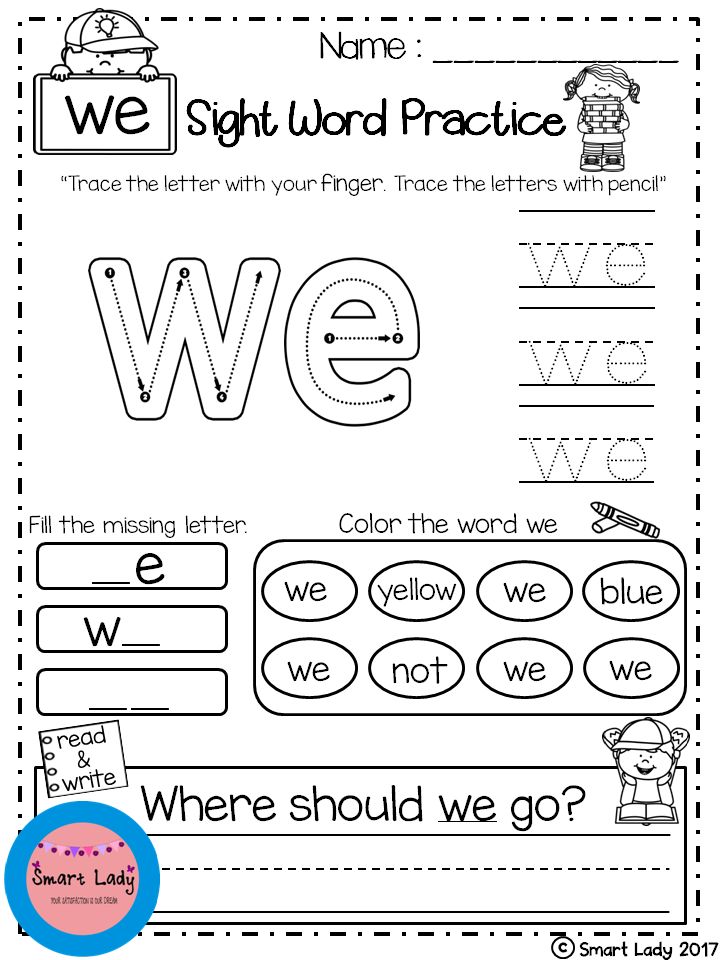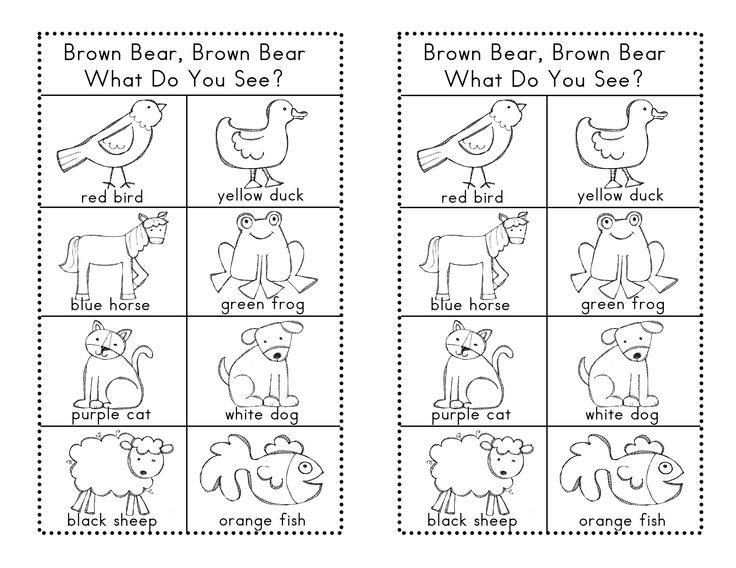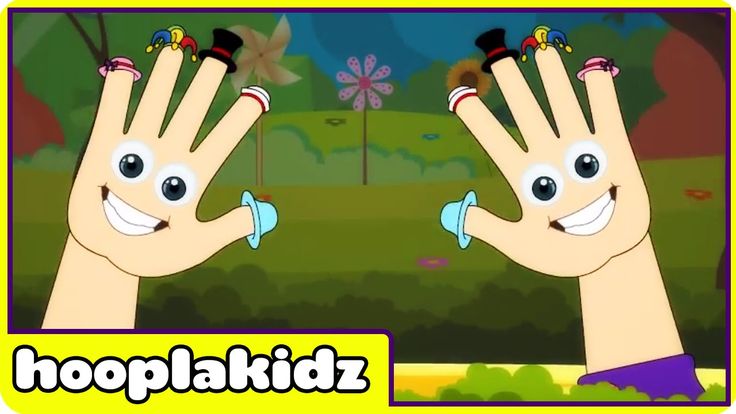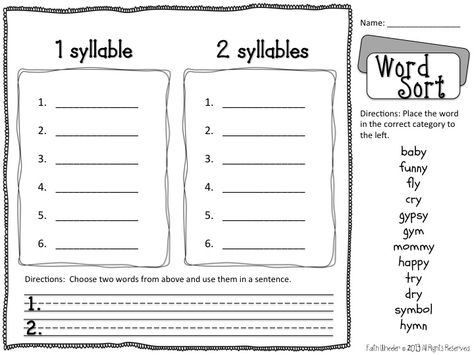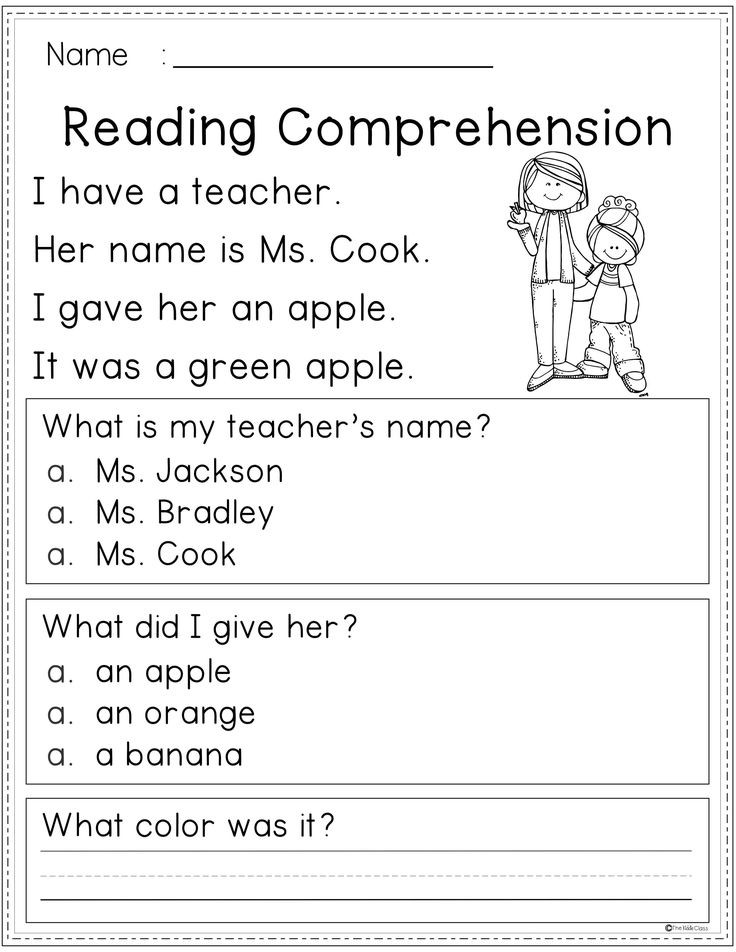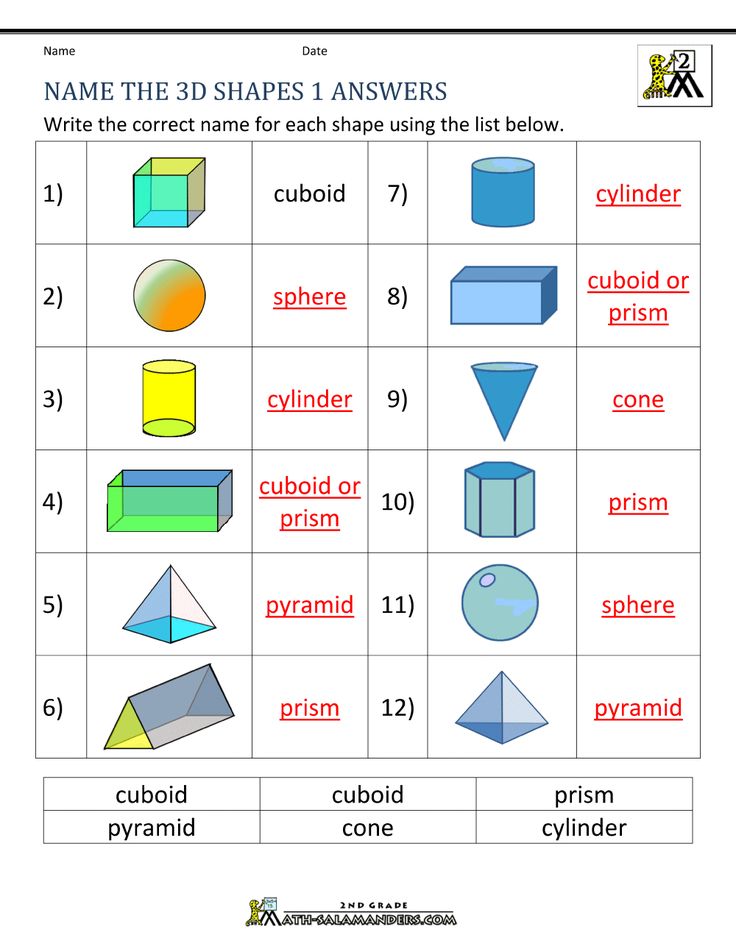Teaching children vowels
How To Help Your Child Learn Long And Short Vowel Sounds
It’s not uncommon for children to struggle with vowels. Most kids actually pick up consonant pronunciations much more quickly. Why is that?
One of the challenges with vowel sounds is that they can’t exactly be “felt” in the mouth. With consonants, kids can feel the friction created while using their tongue, lips, or teeth to produce the sounds. To produce a vowel sound, you only need to adjust the shape of your mouth.
Then there’s the challenge of distinguishing between long and short vowels or two similar vowel sounds. In a nutshell, learning vowels can be a monster!
But have no fear; we’re here to help! We’ve compiled a step-by-step guide you can use to help your child finally connect the dots with both short and long vowel sounds.
When Is Your Child Ready To Learn Vowels?
It’s challenging to teach your child vowel sounds if they cannot hear them. This is why one of the most important signs showing that a child is ready to learn vowel sounds is when they can hear the vowel sounds in simple words.
For instance, let’s say your child tries to spell a simple CVC (consonant, vowel, consonant) word like “cat.”
Even if they may misspell the word by writing “cet” instead of “cat,” this is still a beautiful moment, so celebrate it to the fullest because it indicates that your child can hear that there’s a letter between the C and the N.
If you feel that your young learner is developmentally ready to start learning more about vowels, how can you help? Let’s take a look.
Tips For Teaching Short Vowel Sounds
Since short vowels have more consistent spelling, this is a great place to start when teaching your young learner.
1) Begin With The Names Of The Vowels
Teaching your child A, E, I, O, U is the first step in helping to familiarize them with vowels. We recommend taking these one vowel at a time to avoid overwhelming your young learner.
The good news is that there are various tactics you can use to help your child remember their vowels.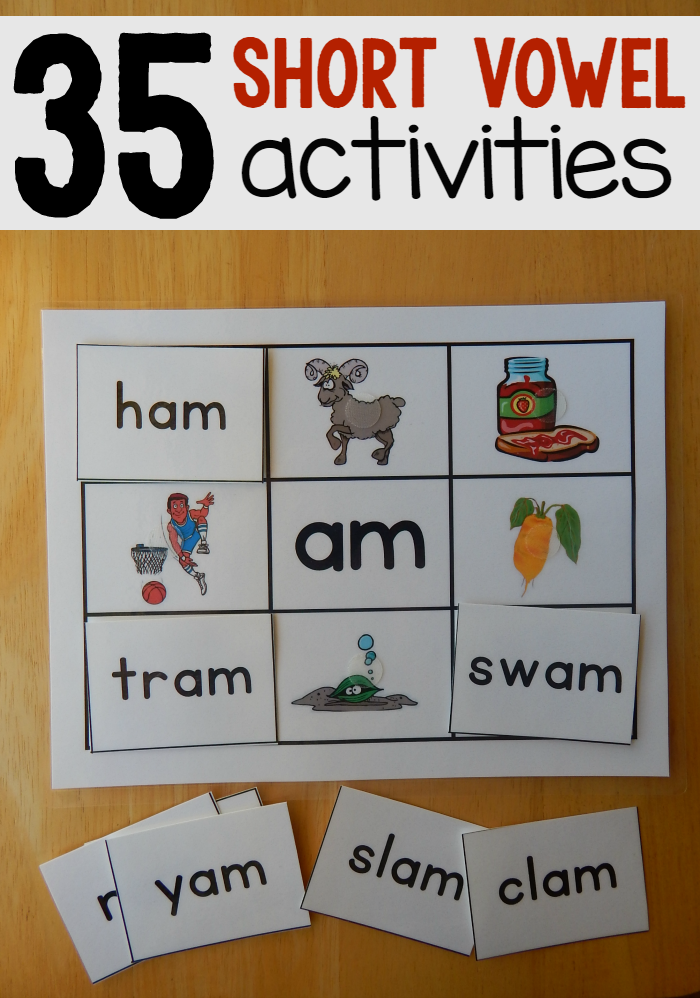
Besides sounding them out, you can also help your child create three-dimensional letters with something as easy and accessible as PlayDoh. To help emphasize the differences between the letters, use a different color for each vowel.
As your child feels and creates vowels, more of their senses will be engaged, and this will help them get familiar and comfortable with the five vowels and their sounds.
2) Differentiate Between The Vowels
This point on our list is connected to the previous one. Still, it deserves its own emphasis because it can be easy for children to struggle with differentiating between the vowels.
The example we used earlier of a child spelling “cet” instead of “cat” is pretty common, especially when you consider how similar the sounds are to each other. This is why it’s important to make the letters distinct.
To add some fun into your child’s learning, you might consider using stick puppets made with the five vowels. Simply attach a printout of each letter onto a popsicle stick, and then let your imagination run wild!
A can go to the store with
E; I can head out to the beach with O; and so on. While acting out your scene, remember to emphasize the difference between the letters and keep sounding the vowels out clearly.
While acting out your scene, remember to emphasize the difference between the letters and keep sounding the vowels out clearly.
3) Introduce Word Families For Simple CVC Words
Word families can be described as a group of words that have a common pattern or features. Helping children learn these allows them to spell and sound out related words.
For example, a child who learns the word family -at, will have an easier time spelling cat, mat, hat, etc.
Remember to take it one word family at a time. This will help prevent your child from feeling overwhelmed with all the new information.
Here are some activities we recommend for working on word families:
- Say a word like “hat” and ask if it has the /a/ sound or the /i/ sound. Focus on sounding the letters out, not writing them, so your child can hear the differences better.
- Say two words and ask which has /o/ as the middle sound.
- Make a Tic-Tac-Toe board and put a vowel in each cell.
 Before placing their mark in a cell, your child will need to identify the vowel with its short sound.
Before placing their mark in a cell, your child will need to identify the vowel with its short sound. - Sound out CVC words by emphasizing the phonemes. For example, say /t/…/a/…/p/… and then blend together into tap.
- Place a t and a p with a space in-between. Ask your child to fill in the missing letter that will help form “top.”
- Switch the vowels. For this, you can play with magnetic letters. Ask your child to turn “tap” to “tip” and then to “top.”
Here are some great words with short vowel sounds to practice at home:
Short “A” Sound Examples:
- Cap
- Bat
- Bad
- Cat
- Dad
- Lap
- Tap
Short “E” Sound Examples:
- Bed
- Get
- Pen
- Bet
- Wet
- Fed
- Net
- Ten
Short “I” Sound Examples:
- Bin
- Sip
- Tip
- Zip
- Did
- Fit
- Nip
- Win
Short “O” Sound Examples:
- Rod
- Cod
- Jog
- Dot
- Fog
- Mop
- Pot
- Top
Short “U” Sound Examples:
- Bun
- Cut
- Pup
- Sun
- Sum
- Run
- Fun
- Hug
Tips For Teaching Long Vowel Sounds
1) Form Long Vowel Sounds
Although long vowel sounds are typically easier for kids to learn, we normally teach short vowels first. Why is that? It takes two vowels to make a long sound, and this can be tricky for kids to understand at first.
Why is that? It takes two vowels to make a long sound, and this can be tricky for kids to understand at first.
To get started with long vowel sounds, we begin teaching the silent e. It’s important for kids to understand that every vowel will change its sound when a silent e is put after the CVC form of a word.
For instance, if you put an e after the CVC word tap, the word changes to tape, and the vowel sound produced changes.
To help your child grasp this concept, begin with phonemic awareness. Ask them:
- Are tap and tape the same?
- Say the individual sounds slowly — t-a-p and t-ae-p.
- What changed?
You can also use magnetic letters to help illustrate the power of the silent e.
First, show your child the letter a. Make the short sound and then explain that you will give the power to its own name. Who can give the power? E! Tap the magnetic e on the magnetic a, adding it to the end of the word after, and — voila! — you now have a new word.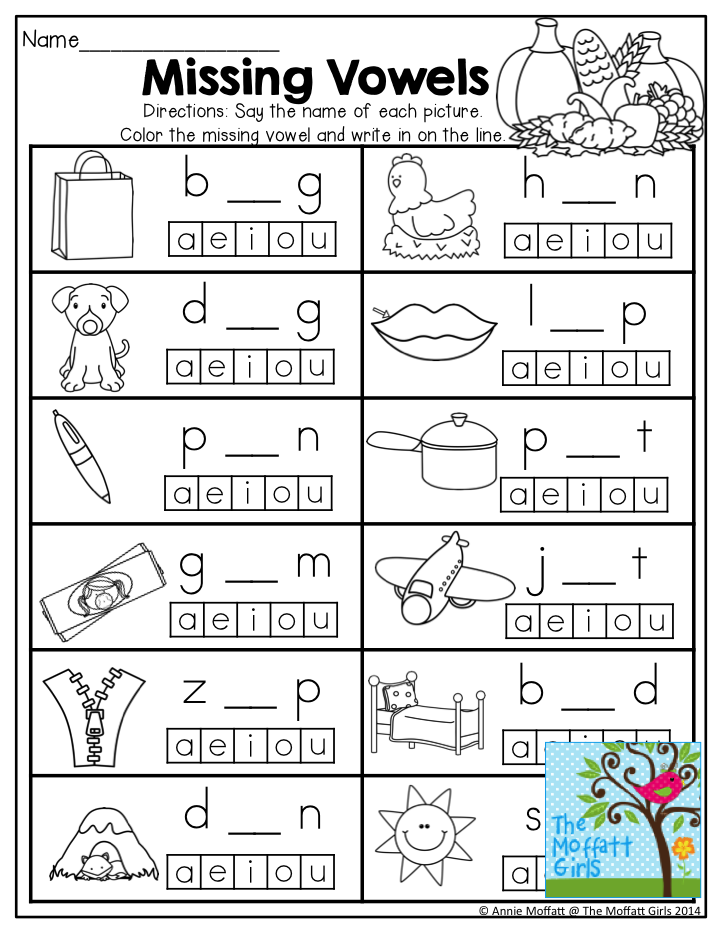
Using magnetic letters, you can then change tap to tape, bit to bite, dot to dote, and so on. While your child will hear that the sound changes, using magnetic letters will help them see what vowel contributes to the change in sound.
You can also use flip cards to demonstrate this concept. Fold the last eighth or so of an index card, and then write a CVC word, like tap, on the unfolded part and an e on the folded part. When you unfold the card, the word will change from tap to tape!
Note: The long o and u sounds can be a bit more complicated, so we recommend holding off on those until your child has gotten a good grasp on the others.
2) Correct The Spelling
To help your child gain a better understanding of long vowel sounds, why not play a game to help strengthen their knowledge?
To play this game, show your child the incorrect spelling of a CVC word and have them correct it. For example, using magnetic letters, spell out f-i-n-o but pronounce it as fine.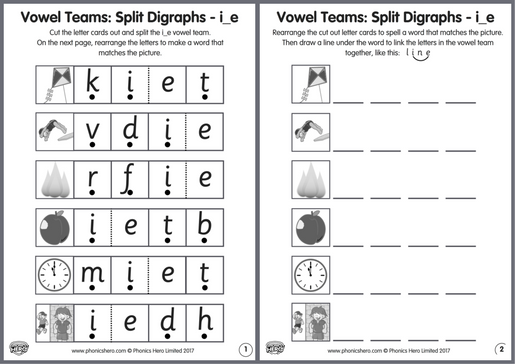 Now your child, who’s learned the power of the silent e, will be able to replace the o with an e.
Now your child, who’s learned the power of the silent e, will be able to replace the o with an e.
Here are some great words you can use for this activity:
Long “A” Sound Examples:
- Bake
- Lake
- Fame
- Date
- Fate
- Cake
- Make
Long “I” Sound Examples:
- Hide
- Fine
- Time
- Line
- Mine
- Pine
- Wife
- Ride
Long “O” Sound Examples:
- Joke
- Rose
- Woke
- Poke
Learning Vowels One Day At A Time
Learning vowels can be challenging for children. That’s why it’s important to take it one day at a time.
Help your child learn their basic vowels, start with the short CVC words, and then after some practice, help them nail the long vowel sounds, which are a little trickier.
Using the right strategy, you can give your young learner the confidence to face any unfamiliar word they may come across during reading activities.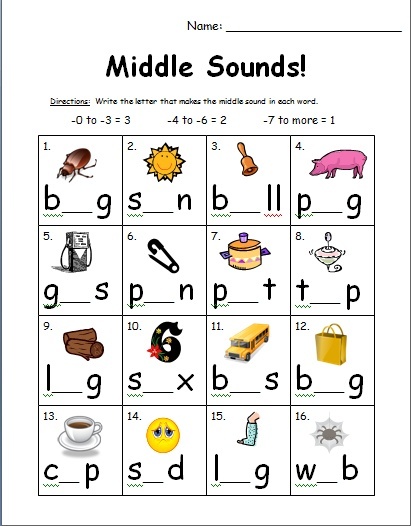
With the help of the HOMER Learn & Grow App, continue exposing your child to all sorts of stories and reading activities. This will not only help them with their vowels, but it will also set a solid foundation for their literacy journey!
Author
Tips for Teaching Vowel Sounds
Learning letter sounds is one of the first steps in learning to read. And while most consonant sounds come easily to kids, vowel sounds can be an entirely different monster. For one, vowel sounds are not “felt” as much in the mouth as most consonant sounds, making it harder for kids to hear them. This is evident in kids’ invented spellings, such as VN for van. Vowel sounds can also be spelled several different ways, making reading and spelling them tricky {even for some adults}.
Today, I’m taking a bunch of readers’ questions about teaching vowel sounds and combining them to share some tips for teaching vowel sounds.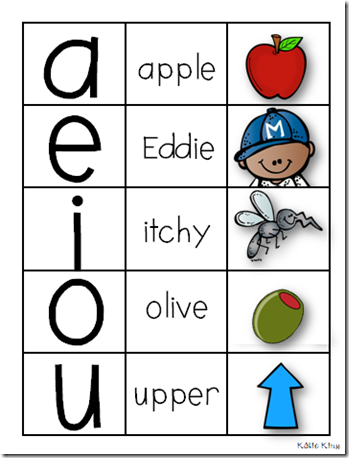 If your young reader {or struggling reader} is stuck on learning vowels and vowel patterns, I hope that this post will bring some clarity.
If your young reader {or struggling reader} is stuck on learning vowels and vowel patterns, I hope that this post will bring some clarity.
*This post contains affiliate links.
{Update: This became a much longer post than I first intended it to be. 🙂 My best advice is to skim through the questions, which are in bold print if you have a specific question that you’d like answered. If you have another question related to teaching vowel sounds, please feel free to leave a comment.}
Tips for Teaching Vowel Sounds
Please note that my answers may not be your answers and that’s okay.
My goal in teaching vowel sounds is two-fold:
1- to teach in a developmentally appropriate way and
2- to teach the most common vowel patterns first because these are most needed for kids in their reading and spelling.
How do I know my child is ready for vowel sounds?
Answer: Just like there are reading readiness signs, there are also signs that a child is ready to learn more about vowels.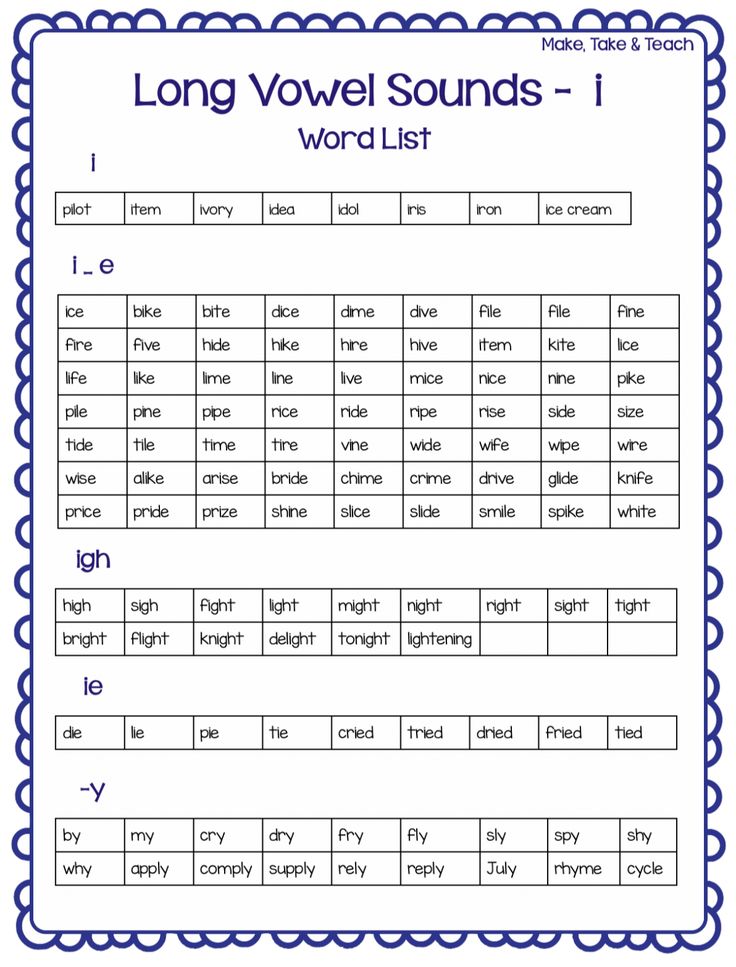 Children are typically ready to start hearing vowel sounds after they can hear beginning and ending sounds in words consistently.
Children are typically ready to start hearing vowel sounds after they can hear beginning and ending sounds in words consistently.
My favorite way to find out what sounds kids hear in words is to closely watch them spell {or misspell} simple CVC words. They will begin trying to include the vowel in words. Often times, they may use the wrong vowel, if left to spell independently {such as FEN for fan} and that’s okay.
This is a sign that they can hear that something comes in between the F and N and helps you know they are ready to learn more about them. I always celebrate this moment as a a teacher because this is a BIG step for many young learners.
Where do I start with teaching vowel sounds?
Answer: Short vowel sounds are much more consistent in their spellings makes them the perfect place to start. This is especially true if you explore the short vowels through word families.
Our Short Vowel Sounds Resource Pack includes wall charts, book marks, and a printable chart to help kids learn their short vowel sounds.
How do I teach short vowel sounds?
Answer 1: Start with word families…one at a time.
You can read more about word families and how effective they can be for beginning readers. Learning word family patterns helps kids to see that words’ spellings are connected; and because they can read or spell one word, they can read or spell other words. For example, if kids can read and spell cat, they can read and spell other words like rat, mat, hat, fat, or even that and flat. This is very powerful.
Word families are also very predictable in spelling as well as vowel sound. For example, the a sound in cat is different than the a sound in can {at least where I’m from}, but -at words all share the same a sound and the same -at spelling, making it easier for kids to learn.
The key is introducing word families one at a time, especially at first.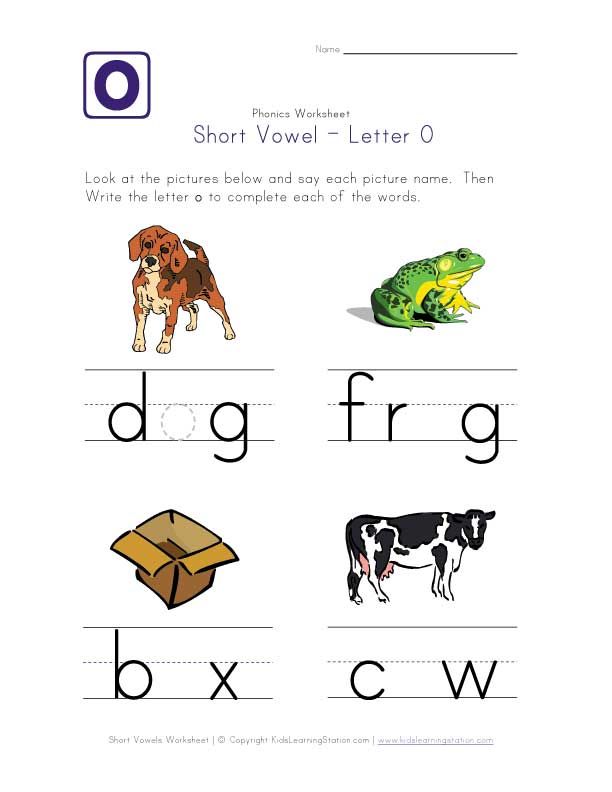 Once a child is comfortable with that family, move on to a new word family.
Once a child is comfortable with that family, move on to a new word family.
You can find some of the beginning word family work we do in Reading the Alphabet.
Once kids have a few word families under their belt, start mixing them up. I did this with the printables I made for the BOB Books, Set 1. The Measured Mom also has some fantastic Short Vowel Word Family Mats and Short Vowel Word Family Houses that work well for teaching kids short vowel word families.
Answer 2: Some kids don’t respond well to the chunking part of learning word families, such as f+at. Marie, of All About Learning, shares that drawing attention to the word families chunks can actually confuse some children, especially if they are showing signs of dyslexia.
So if word family chunks aren’t working, use word families without drawing attention to the chunk that they all share. For example, instead of reading fat like f + at {chunking the -at separate from f}, kids could sound it out f – a – t {as three separate sounds}.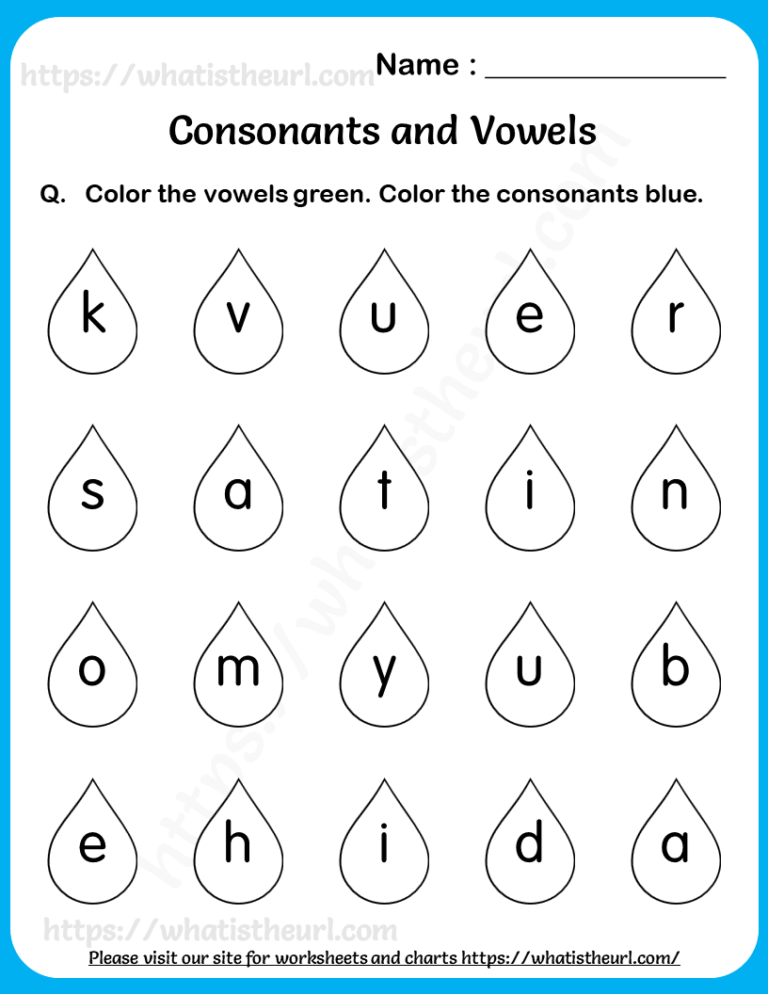
For struggling spellers and readers, it helps once again to stick with one word family before moving on to other word families. Some of my favorite resources for kids learning to sound out those short vowel CVC words are our Sound it Out Strips and The Measured Mom’s Short Vowel Mats.
If your child continues to struggle with sounding out simple short vowel words, the ideas in my post, Helping Kids Sound Out Words, might be helpful for you.
When do kids start reading longer short vowel words?
Answer: As kids are becoming comfortable with short vowel CVC words and moving out of needing them in word families, they are typically ready to start spelling words with blends and digraphs in them. These include words such as clam, step, bath, or tent. {If these terms are new to you, be sure to visit my blends and digraphs post.
Have you seen these free resources that include blends and digraphs?
- Blends/Digraphs Chart
- Ending Blend Clip Cards
- digraph card games
- Blend BINGO
- MEGA pack Blends & Digraphs Game Boards.
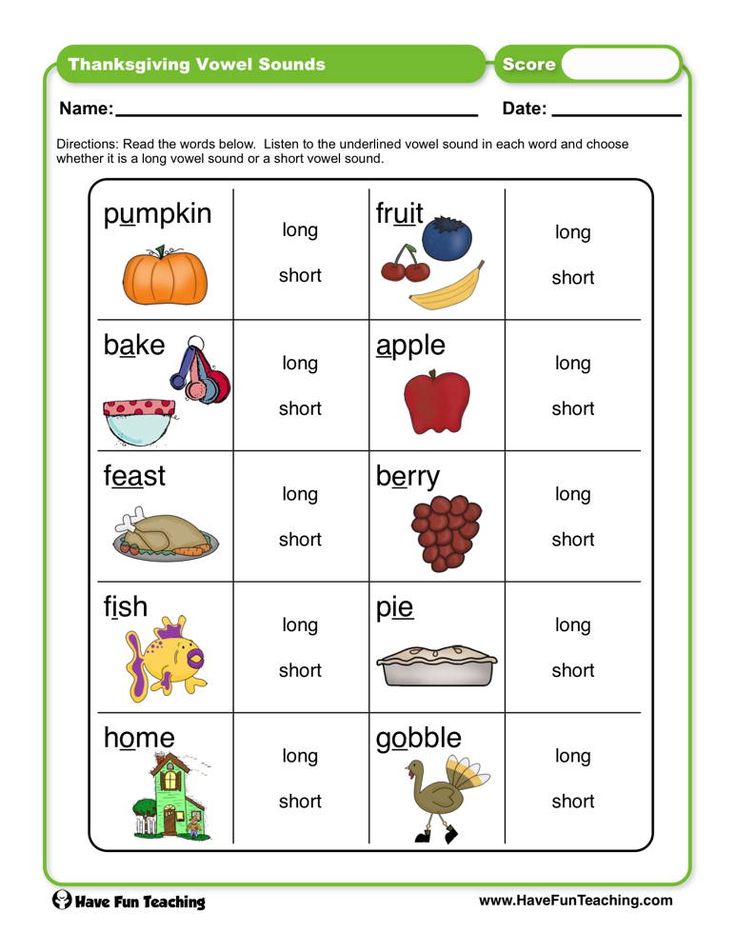
- The Measured Mom also has a huge pack of Word Slider cards, which include short vowel words with blends and digraphs.
What do I teach after short vowel words?
Answer: Once kids are comfortable with short vowels with simple blends and digraphs, you may be tempted to move on to long vowels. But there are a couple more “stops” you can make before you arrive at long vowels. While it isn’t “wrong” to move to long vowels, some kids aren’t ready for that step just yet and that’s okay.
Two extra “stops” you can take are:
1. Teaching kids words that have blends and digraphs at the beginning AND end of words. Instead of a simple word like dump, work on reading and spelling words like stump or thump.
Our Short Vowel Spelling app does this with short vowels, starting with word families, moving to short vowel words with one blend or digraph and then challenging kids with longer short vowel words.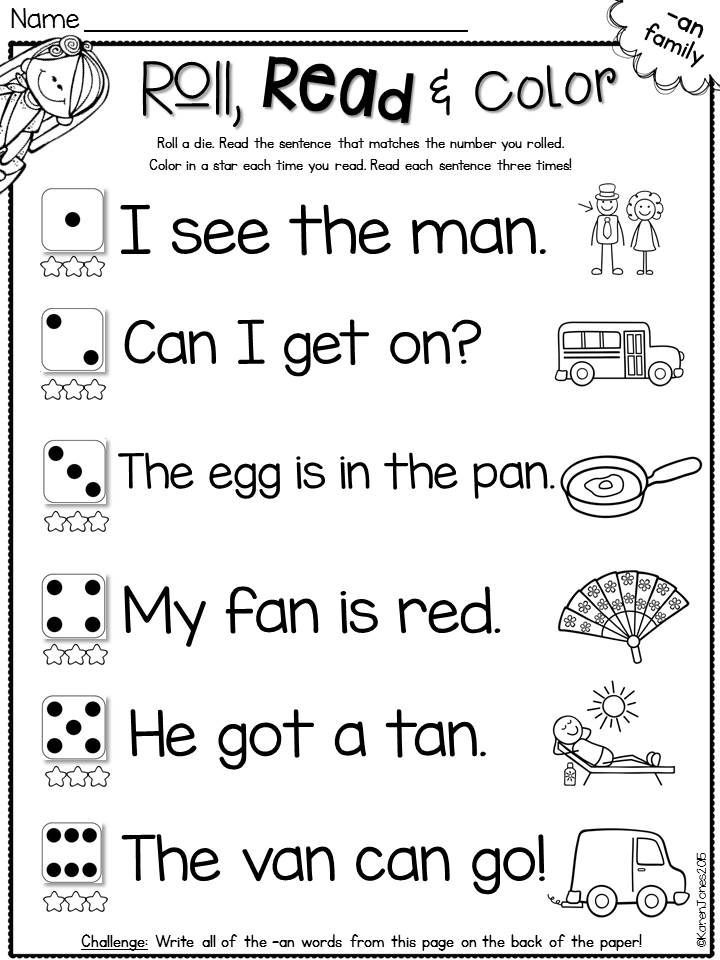
2. Teaching kids the bossy r patterns, which are ar, er, ir, or, and ur. Compare them to the short vowel words they already know, like the sorts at the end of Words Their Way’s Letter-Name Alphabet Spellers supplement book.
My child is not understanding the CVCe {long vowel} pattern. What do I do to help him get it?
Answer: Before you introduce words with long vowel patterns in them, sometimes it can be a great idea to just listen for sounds in long vowel words versus short vowel words.
Our Long Vowel Listening Game Pages are the perfect way to get kids listening for the long vowel sounds they hear in words.
It can help by teaching kids long vowel patterns by word families. The -ake family is one of my favorite word families to start with because you can spell so many words with it. I have an older post that shows a few ideas for introducing long vowel families specifically with the -ake family.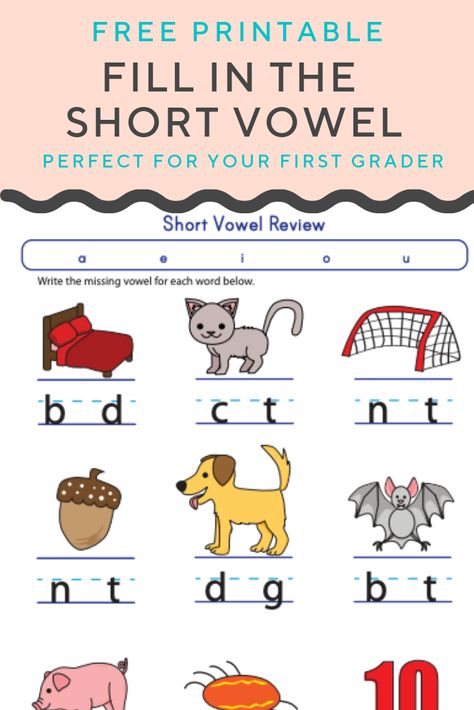 The Measured Mom also has a set of Long Vowel Word Family Mats, starting with CVCe words and moving to other long vowel patterns.
The Measured Mom also has a set of Long Vowel Word Family Mats, starting with CVCe words and moving to other long vowel patterns.
There are lots of long vowel patterns. Is there an order in which I need teach them?
Answer: Some long vowel sounds are not as common as others. For example, the ui pattern is not as common as the ew pattern for long u vowels. The best place to start is with the most common long vowel patterns because this is what kids see more in books and need more in their spelling.
Typically, I start with the CVCe patterns, like the ones in our Long Vowel Spelling Game. If I had to break it down, this is how I introduce long vowel patterns {give or take}:
- CVCe patterns {a_e, i_e, o_e and u_e}
- Very Common Vowel Patterns {ee, ea, ai, oa, igh, etc.}
- Common Vowel Patterns {ay, ue, ie, ow, long oo, ew}
- Less Common Vowel Patterns {ui, ei, final y etc.
 }
}
Do I need to teach any other vowel patterns beyond short vowels and long vowels?
Answer: Yes. Like the bossy r patterns, there are other vowel patterns that are needed for reading and spelling. They include patterns like oo {in the word foot}, au, aw, ou, oi and oy. Besides the oo pattern, many of these are less common and could be taught alongside the less common vowel patterns.
More Resources for Teaching Vowel Sounds
- Phonics Book Series {from The Measured Mom}
- BOB Books {check out all our FREE Printables and Lesson Outlines/Lesson Plans}
- Words Their Way – love their supplement books
- All About Spelling
- Short Vowel Word Study
- Short Vowel Word Study App
- Long Vowel Word Study App
Want MORE Free Teaching Resources?
Join thousands of other subscribers to get hands-on activities and printables delivered right to your inbox!
How to learn vowels with a child: 10 letters in 5 lessons
Let's tell you how to learn 10 vowels quickly and easily in 5 lessons.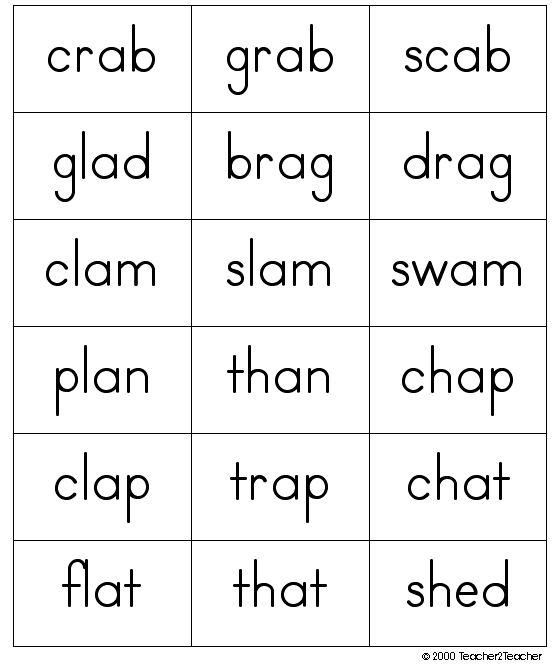 If you strictly follow the melodic recommendations from this article, your child will know all the vowels in a month, he will not have problems learning to read.
If you strictly follow the melodic recommendations from this article, your child will know all the vowels in a month, he will not have problems learning to read.
otvetprost.com
What you will need:
- Prepare 5 cards 12x10 cm. You can use cardboard or thick white paper. Write or print the letters 9 in red large bold type on them0003 A, O, U, S, E.
- Prepare 5 cards 9x10 cm. Write on them in blue font I, Yo, Yu, I, E .
- On the reverse side of the cards, write the letters by hand (for yourself, so as not to look at the front side when showing the letters to the child).
LESSON №1
At the first lesson you will need cards A, Z, O, Y .
1. Place the back of the cards facing you. Show the child the first card and say: “This is A ".
2. Then move the next card forward and say: "This is I am ".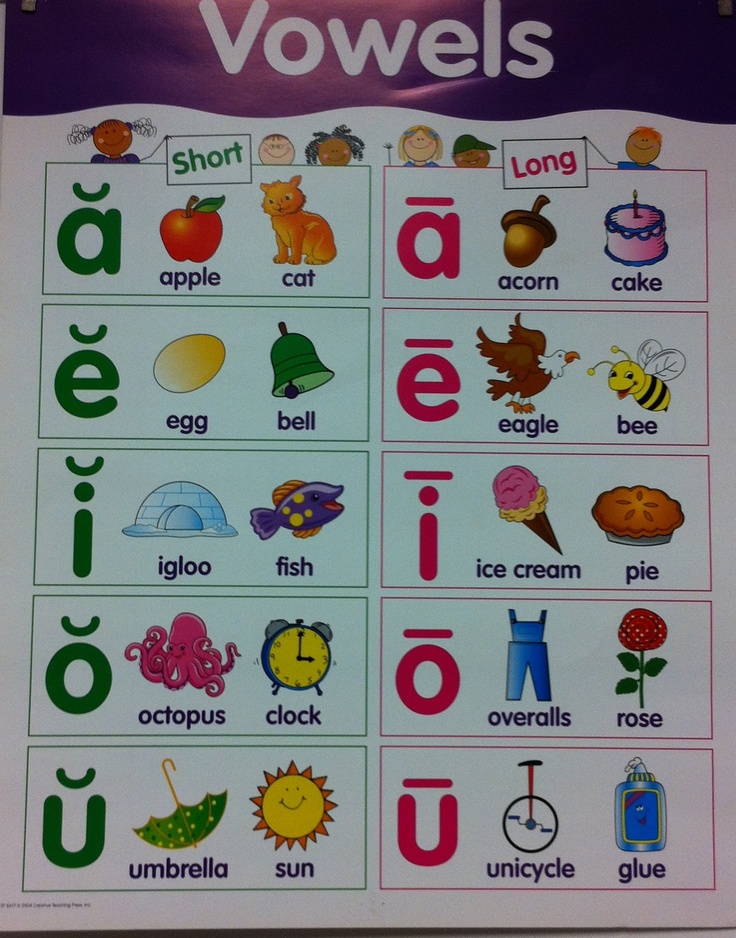
3. "This is O ."
4. "This is Y ".
- Show each card for no more than 1 second.
Look not at the cards, but into the eyes of the child. Come up with a fun game to get your baby's attention.
- Do not ask the child to repeat them.
Your task is to quickly show all four letters and say them like a rhyme.
- Every day until the next lesson, show the child cards with these letters, call them in the exact order as indicated above.
- IMPORTANT! Hold the cards so that the child does not see the next letter.
- Over time, take a long pause after the word "This is...". Pronounce it interrogatively.
- The child should simply say "Ah!", "Oh!", without the word "it".
Such a game with cards will take you no more than a minute, you can repeat it several times a day (minimum 5). The main thing is to do it regularly, do not miss classes.
SESSION #2
- Repeat with the child A, Z, O, Y in that order.
- Spread the cards in front of the child in pairs: 1 row - A - Z ; 2 row - O - Yo .
Reinforcement games and activities
Play games with these letters to help children remember them as a rhyme and individually. nine0005
"Wind". Red letters are big brothers, blue letters are little brothers. A strong wind came up and mixed all the brothers. Shuffle the letters, but make sure they are not upside down. The task of the child: to put the cards in pairs, calling out loud: A - next to I , O - next to E . First help, and then let him do it himself.
Hide and Seek. Put the red letters on top and cover them with the blue ones. The little brothers hid under the big brothers and changed places so that (child's name) would not find them.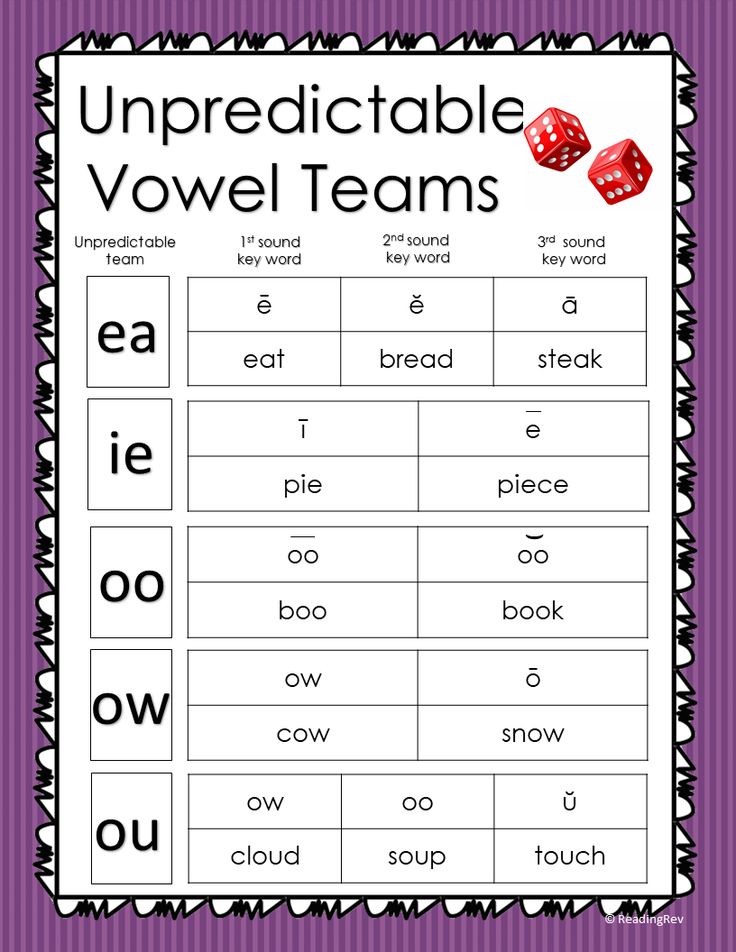 Guess which little brother hid under big brother O ? That's right, under O hid Yo ! And under A ? That's right, I'm !
Guess which little brother hid under big brother O ? That's right, under O hid Yo ! And under A ? That's right, I'm !
"Hide and Seek". The same, but now the big brothers are hiding under the little ones.
Crow. Put the letters in pairs in the correct order. Move both palms (to make it harder for the child to guess) over the cards with the words: "The crow flew, flew, flew, flew and ... ate the letter." Quickly cover one of the letters with your palm: “Which letter did the crow eat?” If the child does not respond quickly, remove your hand for a few seconds and let him peek. If even then he doesn’t say, tell me, for example: “Next to O . That's right, Yo !" Over time, the child will remember the location of the letters and will be able to guess them easily.
"Cards". Shuffle the cards.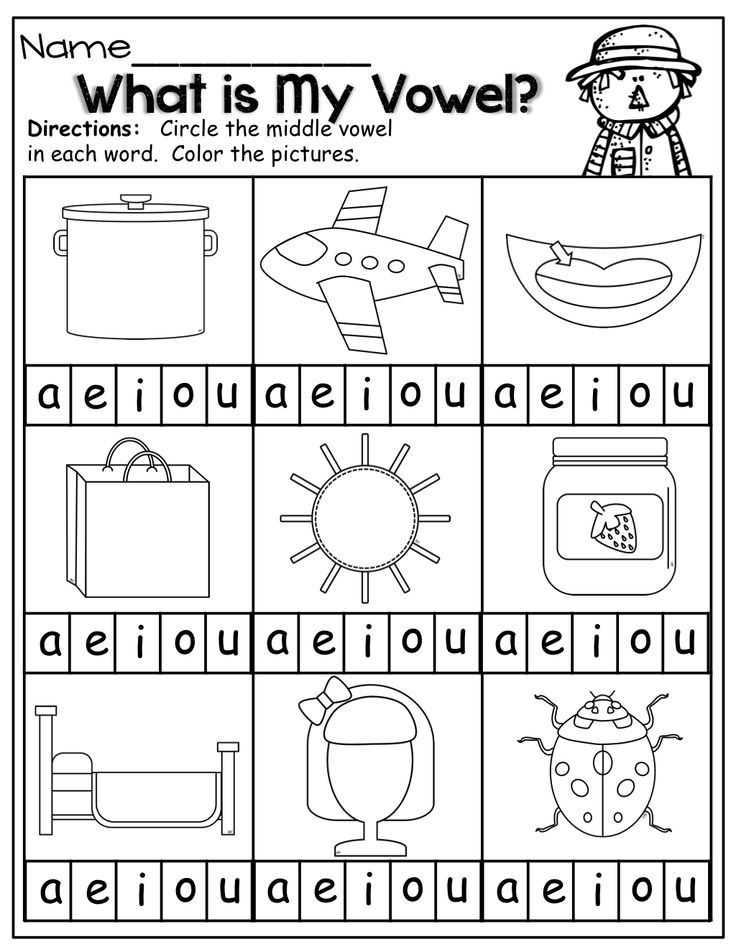 Take one and put it in front of the child: "What is this?" If he guessed right, he takes it, if not, the card remains with you. First, it is better to throw out cards in pairs: first O , then E , A - I , etc. If you see that the child does not experience any difficulties and calls everything correctly, show in reverse order and at random. nine0005
Take one and put it in front of the child: "What is this?" If he guessed right, he takes it, if not, the card remains with you. First, it is better to throw out cards in pairs: first O , then E , A - I , etc. If you see that the child does not experience any difficulties and calls everything correctly, show in reverse order and at random. nine0005
It is better to play these games once a day, unless the child asks for more. Stop the game while he still wants to play: “We’ll finish the game another time” so that the kid doesn’t get bored with your activities and looks forward to the next one.
Repeating the past and learning new: A - Z, O - E, U - Yu
After you have played five games with the first two pairs of letters, get the next pair of cards Y - Y.
In this lesson, show the child already three pairs of letters. Just like you showed him in the first lesson.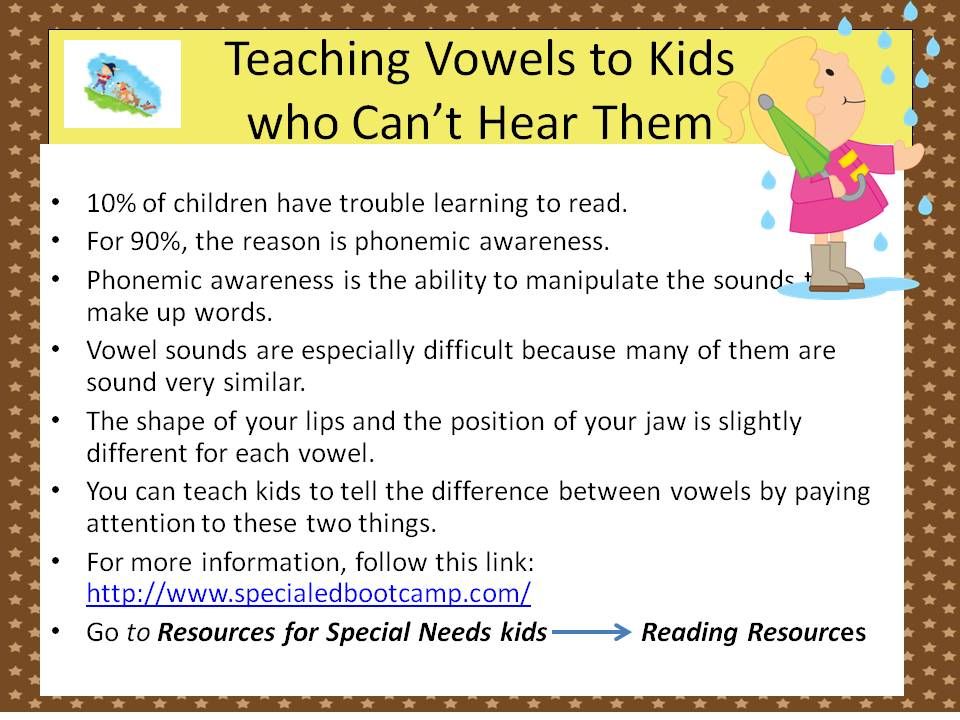 The child will name familiar pairs himself, and you quickly call the last two you, without giving the child the opportunity to make a mistake. In two or three days of the show, which will take place before the next lesson, the child will remember a new rhyme:
The child will name familiar pairs himself, and you quickly call the last two you, without giving the child the opportunity to make a mistake. In two or three days of the show, which will take place before the next lesson, the child will remember a new rhyme:
“This is I ”
“This is O ”
“This is ё ”
“This is U ”
“This is Yu ”
Train a few days , show the child several times a day already these three pairs of vowels. IMPORTANT! In reinforcing games, continue to use only the first two pairs for now: A - Z, O - E, and no more than once a day.
SESSION №3
Games and exercises for consolidation
Place six cards in pairs on the table in front of the child, calling them out loud, in the order in which you showed them to him. Play the same games as described in lesson #2.
We repeat the past and learn new things: O - E, U - Yu, Y - I
Do not use the first pair of cards ( A - Z) .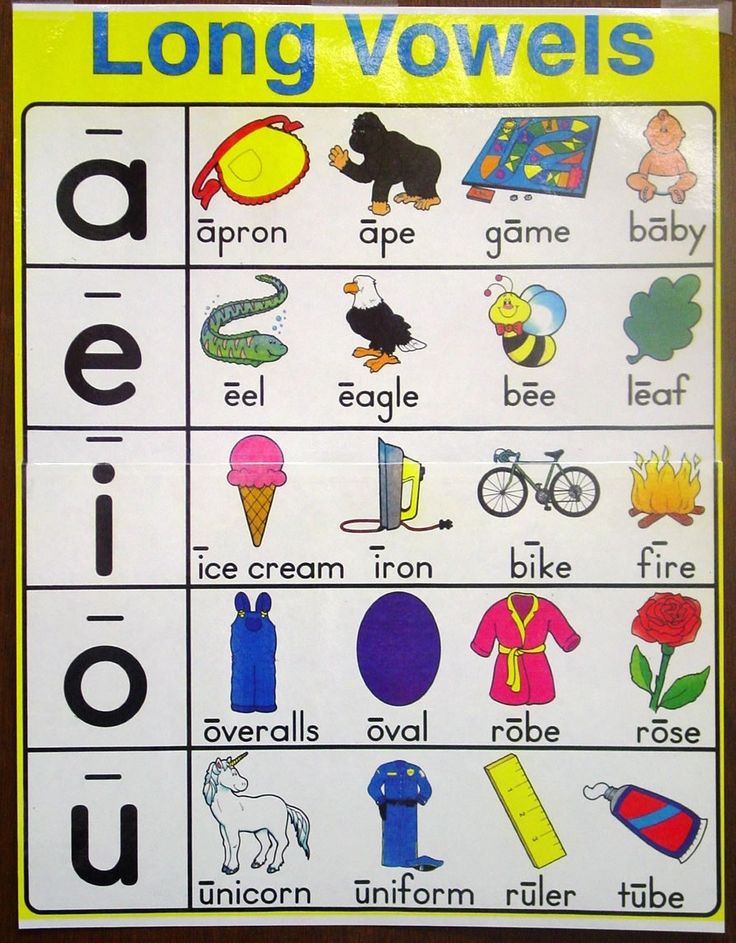 Now the cards are in a pile like this: O - E, U - Yu, Y - I. In all subsequent lessons, do the same so that the total number of letters is 6. The technique is the same: the child calls the familiar letters himself, the new ones - you. nine0005
Now the cards are in a pile like this: O - E, U - Yu, Y - I. In all subsequent lessons, do the same so that the total number of letters is 6. The technique is the same: the child calls the familiar letters himself, the new ones - you. nine0005
Classes will take you about six minutes a day, but it's important not to miss a single one.
Do not forget that it is not time to play reinforcing games with a new couple.
LESSON #4
Reinforcement games and exercises
The number of vowels with which we play reinforcing games increases with each lesson: now five games need to be played with 8 letters.
We repeat what we have learned and learn something new: U - Yu, S - I, E - E
Remove 9 from the pile0003 A - I and O - E and add pair E - E . IMPORTANT! The letters E and E , which children often confuse, never “meet” when shown: when the letter E “came” in the fourth lesson, the letter E had already “left”.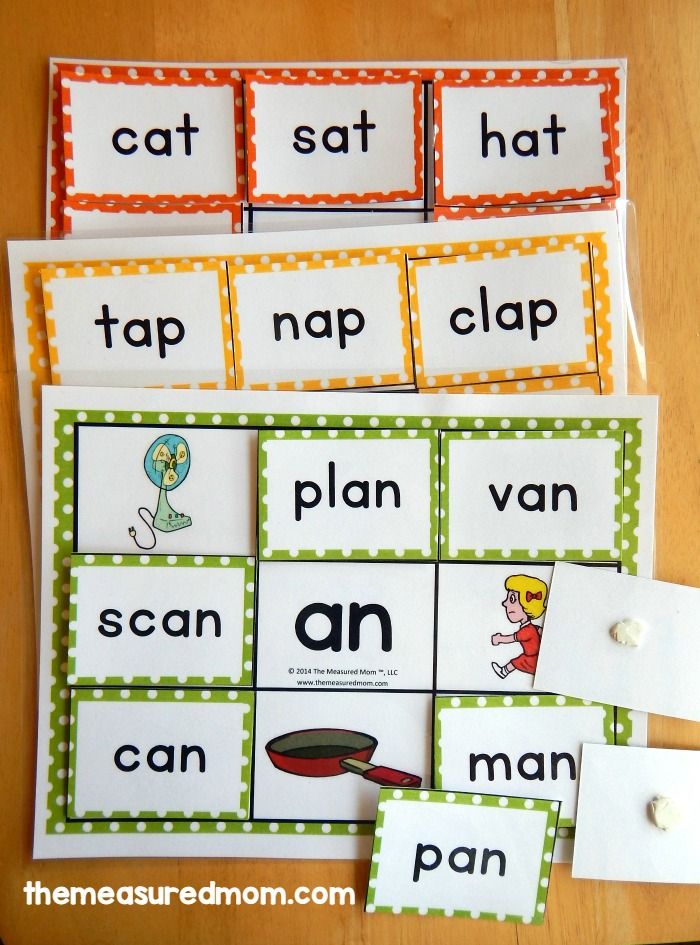
Do exactly the same as in the previous lessons, adding a new pair. Don't play reinforcing games with her yet.
SESSION #5
Reinforcement games and activities
In this activity, play games with all ten vowels. You can do this for as long as you want until the child loses interest. If you see that the child recognizes and names vowels quickly, does not make mistakes and does not think, move on to studying consonants and reading. nine0005
- Twice a week give new material, and repeat the rest of the day.
It is important that the classes are daily (regular). Less than 10 minutes a day is enough to see the result: the child will remember all 10 vowels, learn to pronounce them correctly and not be confused.
- Do not try to help your child remember a letter based on some external signs or associations.
"This is my mother's letter", " Yo with dots, and this is E without dots.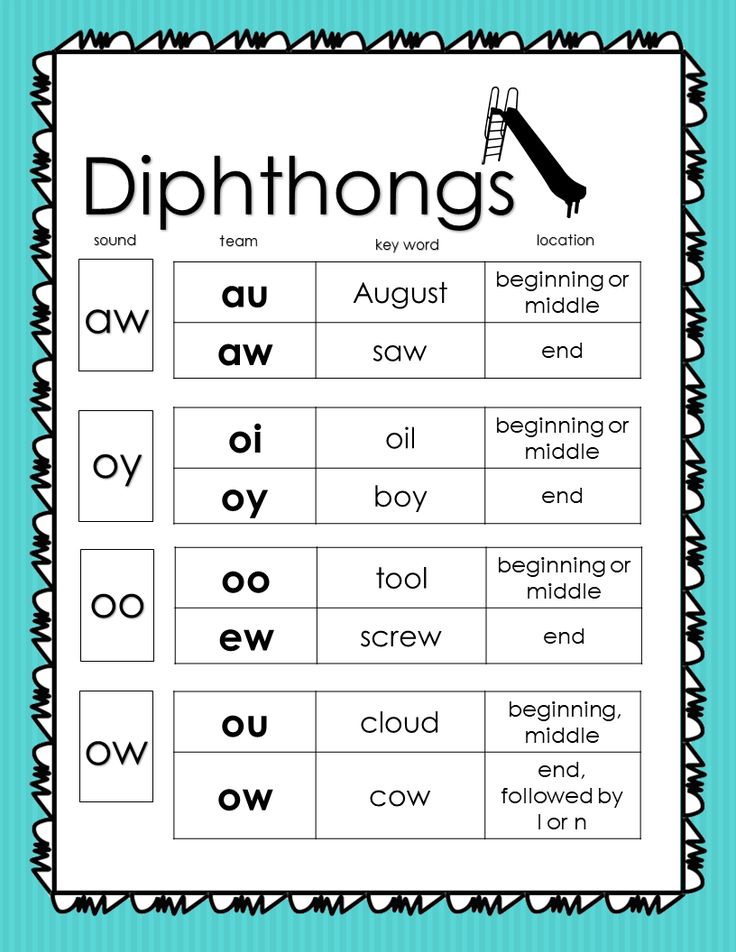 By doing this, you only interfere and confuse! When reading, there will be problems recognizing letters: the baby will have to remember both mother O liu, and aunt Yu liu, and Yo zhika with dots ...
By doing this, you only interfere and confuse! When reading, there will be problems recognizing letters: the baby will have to remember both mother O liu, and aunt Yu liu, and Yo zhika with dots ...
- The most important thing that children should learn when studying vowels is that that they can be sung.
videouroki.net
How to explain vowels to a child? Vowel sounds are formed only with the help of voice. The air, when it passes through the throat and mouth, does not encounter obstacles, as is usually the case with the pronunciation of consonants. We can draw a vowel sound for as long as we have enough breath. nine0005
doschkolonok.blogspot.com.by
Tell your child that big red letters are big brothers, blue letters are little brothers. Both of them love to sing songs.
Big brothers sing in scary deep voices. Demonstrate how exactly: A, O, U, S, E. You can use the key of the scale: sol-fa-mi-re-do.
You can use the key of the scale: sol-fa-mi-re-do.
Little brothers sing in so-o-o-o-o little voices. Sing in a high voice: I, Yo, Yu, I, E (same melody, but one or two octaves higher). Singing, show the letters on the cards.
These songs will help children memorize vowels by ear.
- A very IMPORTANT point to pay attention to when teaching letters. Show your child the vowels written in different fonts and colors.
The kid must learn to recognize the letter in any shape and size.
- Learn a poem about vowels with your child:
Vowels stretch in a ringing song,
Can cry and scream
Learning vowels tasks for preschoolers 5-6 years old in a playful way
Learning to read begins with the study of letters and sounds. The kid learns them separately, and then begins to put them into syllables, and later into words. So that acquaintance with letters does not turn out to be too difficult for the baby, you need to organize it correctly.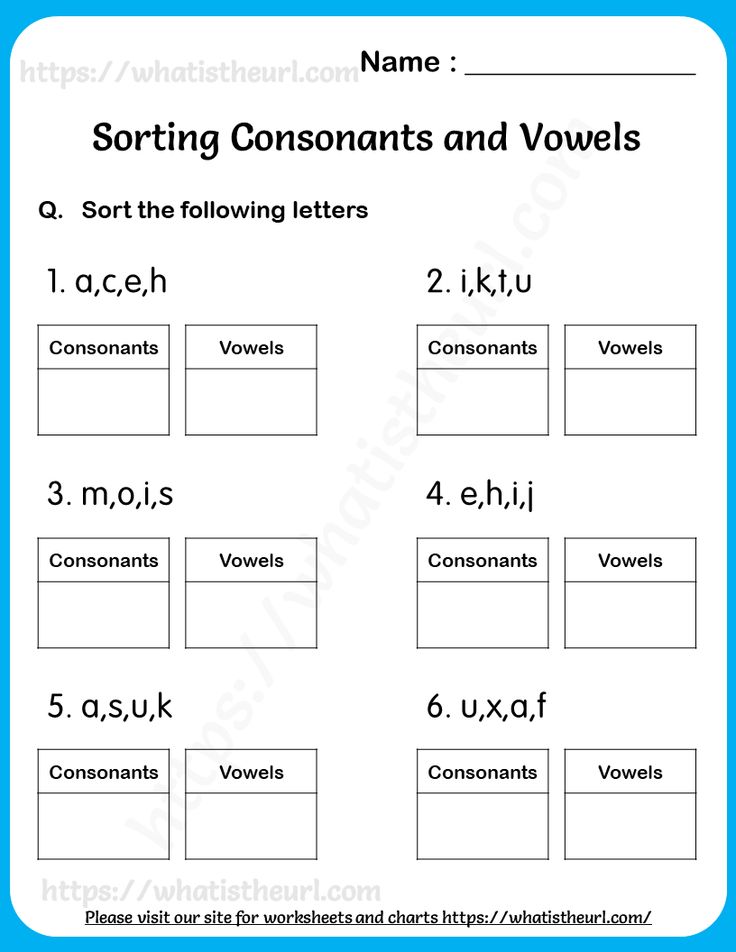 Let's find out how to quickly learn vowel sounds with your child. nine0005
Let's find out how to quickly learn vowel sounds with your child. nine0005
How to start learning vowels
Many parents begin to teach their children the alphabet, looking at all the letters in a row, in alphabetical order. This is not the correct method. It is better to divide the letters into vowels and consonants and learn each group separately. This approach will greatly facilitate the child's task.
Start with vowels. First, explain to your child the difference between vowels and consonants. Vowels are sounds that are pronounced by the voice. They are sonorous, from which you can sing, stretch your voice. nine0005
To show your child the difference between vowels and consonants, give him a mirror and ask him to pronounce different sounds. Let him see how the position of the mouth changes during the pronunciation of vowels and consonants. When pronouncing vowels, the mouth is freely open, the tongue lies and does not move, and the air freely leaves the throat.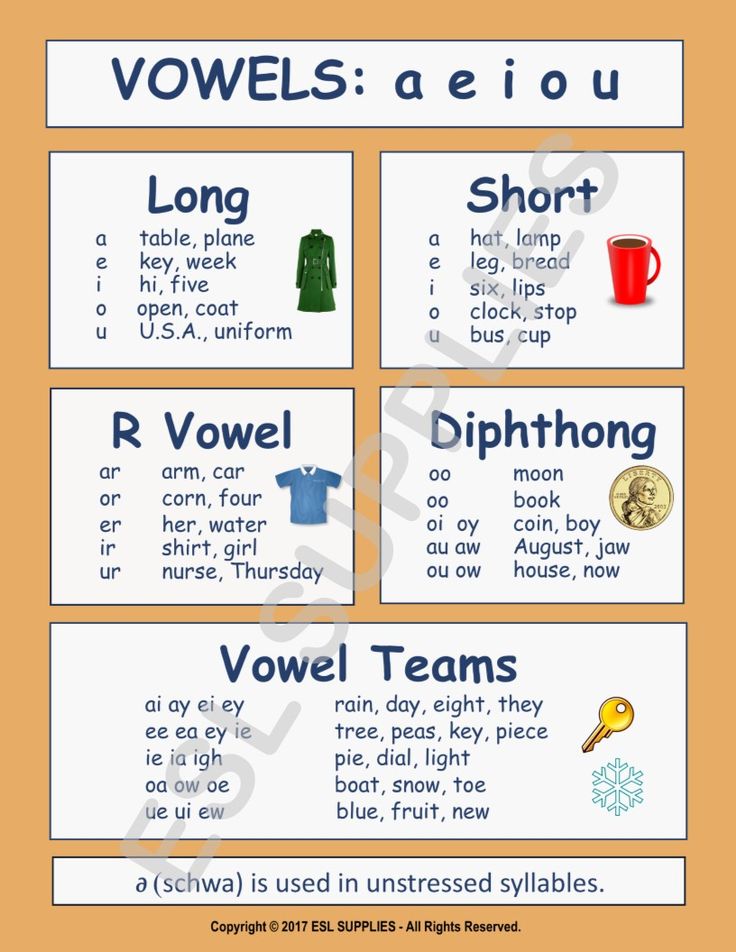 The pronunciation of consonants involves lips, tongue, teeth.
The pronunciation of consonants involves lips, tongue, teeth.
When the child learns to distinguish between these two groups of sounds, you can move on to a more detailed study of vowels. nine0005
Method of studying vowels
There are ten vowels in the Russian alphabet - A, O, U, Y, I, Y, E, Y, Y, E. To make it easier for a child to remember them, make them from cardboard (or buy ) cards with their image.
Letters A, O, U, Y, E write in one color, for example, red. And the letters I, Yo, Yu, I, E - in a different color, for example, blue. This is necessary so that the child learns to distinguish between "hard" and "soft" vowels.
Arrange the cards in pairs: A-Z, O-Yo, Y-Y, Y-I, E-E and show the child. Explain that paired sounds are similar to each other, only A, O, U, S, E are pronounced firmly and with a wide open mouth, and I, E, Yu, I, E have a soft sound and when they are pronounced, the lips stretch or fold into tubule. nine0005
Have the child practice making sounds in pairs by observing their facial expressions in a mirror.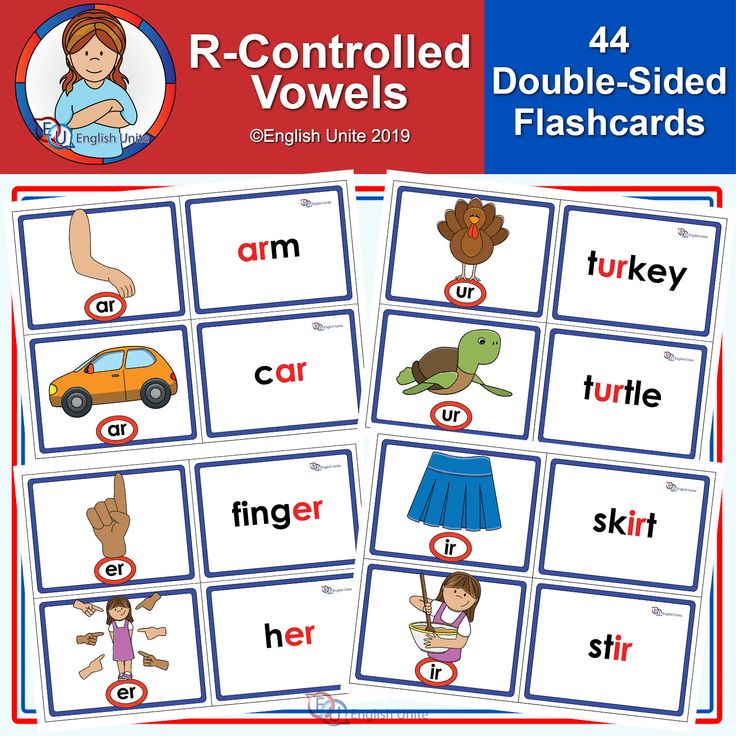
Letter games
Children learn best through play. So turn the boring memorization of sounds into a fun game.
- Shuffle the cards and place them face up on the table. The task of the kid is to fold the cards with red and blue letters (A-Z, O-Yo, etc.) in pairs.
- Shuffle the cards like playing cards. Pull out one, show the child and ask what kind of letter is written on it. If he answered correctly, the card goes to him, if incorrectly, it is returned to you. To make it easier for the baby, first show the letters in pairs (A, then Z, etc.), and then at random. nine0018
- Draw or give a task a child to draw a house with ten windows - five in two rows. Write in each box of the first row the letters A, O, U, Y, E, and then ask the child to write in the boxes of the second row a pair for each letter. Then erase the letters and enter in the first row of boxes I, Yo, Yu, I, E and ask the baby to enter their pair in the second row.
 Then erase all the letters again and invite the child to enter all the pairs in both rows of boxes.
Then erase all the letters again and invite the child to enter all the pairs in both rows of boxes. - Name words that begin with vowels, and ask the baby to name this sound (watermelon, donkey, snail, spinning top, apple, Christmas tree, blackberry, needle, exam). Then the child must come up with words that begin with each vowel sound. Invite him to name a word that starts with Y. After unsuccessful attempts to do this, explain that in Russian this letter never occurs at the beginning of a word. Name the words in which Y is in the middle (fish, lynx, skis) or at the end (teeth, mushrooms, mountains). nine0018
- Find pictures of objects whose names have three letters, one of which is the vowel (cat, onion, cheese, crayfish, beetle, etc.). Ask the child to name the object shown in the picture, determine what vowel sound is in this word and where it is located (at the beginning, middle or end of the word).

Learn more

